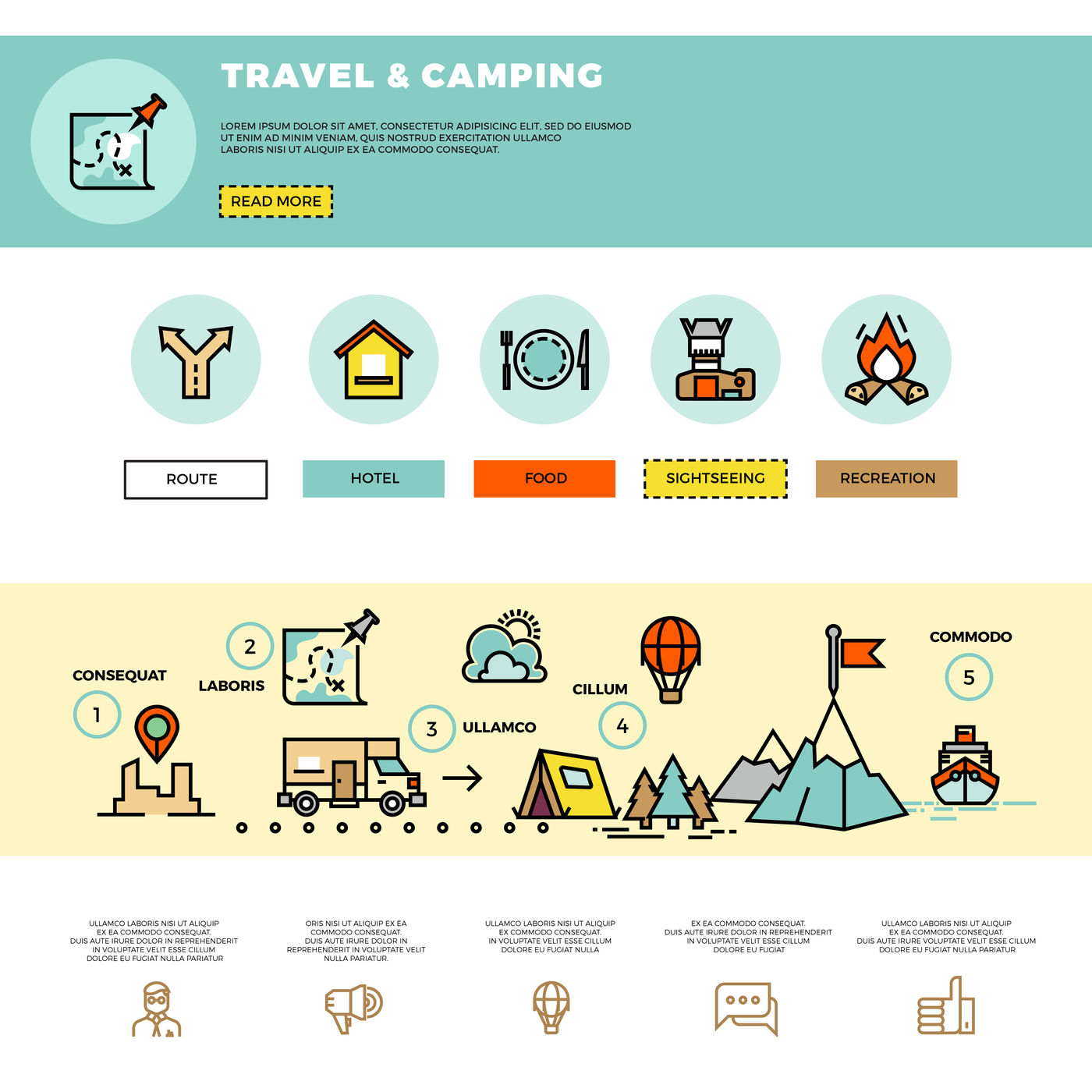Innovative Methods To Sell Camping Tents And Maintain Operation Growth
Innovative Methods To Sell Camping Tents And Maintain Operation Growth
Blog Article
Just how to Set Up an Outdoor tents
An outdoor tents isn't as hard to establish as it may seem. With technique, it can be performed in concerning 10 minutes or less.
Are Bell Tents good for camping?
First, expanded the groundsheet or tarp. Next off, put together the outdoor tents poles (most are folded and held together by shock cord.) Each end matches a slot on the outdoor tents or through plastic clips that break on the ends.
Area
Picking the right location for your tent is necessary to a comfy outdoor camping experience. It is necessary to pitch your tent in an area that is free of rocks, twigs and other trip risks. Furthermore, you must pick a location that is well away from cooking and bathroom areas to avoid the smoke of campfires and other campground tasks from wandering right into your camping tent.
In addition, you need to seek a level place that goes to the very least as huge as your outdoor tents. It's additionally an excellent concept to set a ground cloth to shield your outdoor tents from stumbling and various other issues.
If you do not have stakes, trim some branches down to make them long enough to anchor your tent. Alternatively, you can use broken tree branches. These are usually sturdier than the sticks that come with your tent. When possible, it's best to practice establishing your outdoor tents in the house prior to your journey to guarantee you understand exactly how to do it correctly.
Poles
Typically, tents have either one pole for each end that create a triangular or numerous little, straight camping tent poles. Some tents additionally have a rainfly that gives added security from wind and rain. Inspect the tent's guidelines for details on exactly how to set up the poles and the rainfly.
Locate camping music festivals a level area that is big enough for your camping tent, free of sharp rocks and branches and reduced spots where water might accumulate. Set the impact or ground cloth and set up the tent body, matching each corner of the outdoor tents to the edge of the impact.
After that fit the tent poles right into their sleeve or clip at their connection factors in the camping tent fabric and raise the tent. Tie down the outdoor tents with ropes or stakes, depending on your campsite surface. Take into consideration utilizing shock cord such as dyneema core as opposed to normal cable at stake points as it has less stretch and holds the tent extra well.
Rainfly
Prior to you leave, if it's not raining, sanctuary your backpack and any kind of exterior things pocket from the weather condition to keep your equipment dry. Also, if the tent is wet and you're leaving in the rainfall, guard it as much as feasible (under your pack or a tree).
Before you start doing away with your camping tent, take a moment to put down a ground cloth or footprint (optional). This will certainly help maintain dirt and particles from entering the camping tent where you'll rest. It will additionally provide additional insulation from the cold.
Man Lines
Since you have actually reviewed and complied with the instructions, popped in your camping tent poles and obtained your rainfly in place (and it resembles a camping tent), it's time for the man lines. Like a ship needs anchors, your camping tent requires these additional assistance lines to guarantee architectural stability when faced with wind and various other weather condition components.
Most camping tents have little loopholes, called man loopholes or guy line loops (some rainflys additionally have grommets), that you can use to connect the individual line to. Otherwise, you can additionally use a larks foot or executioner's noose knot to attach the totally free end of the line to a risk or various other anchor. Ensure your support is pushed in at a 45-degree angle, to increase the resistance to forces pulling on the individual line. The tension on the lines ought to be limited sufficient to keep tent form and security, yet not so tight that it puts anxiety on the tent fabric or seams.
